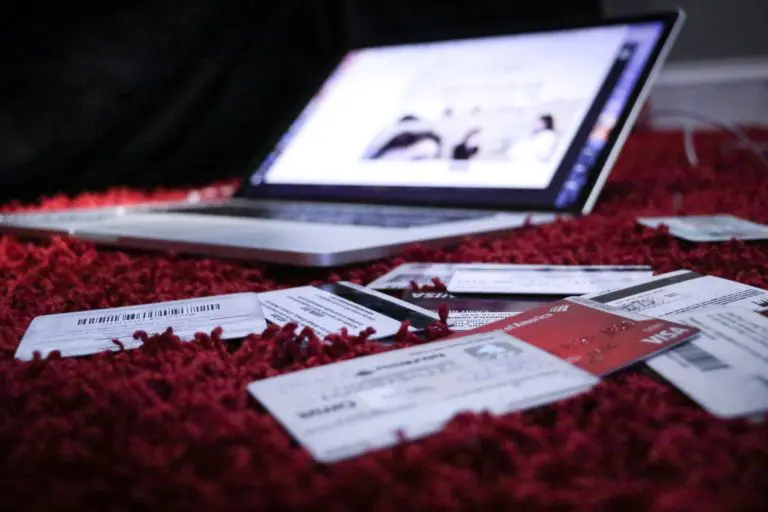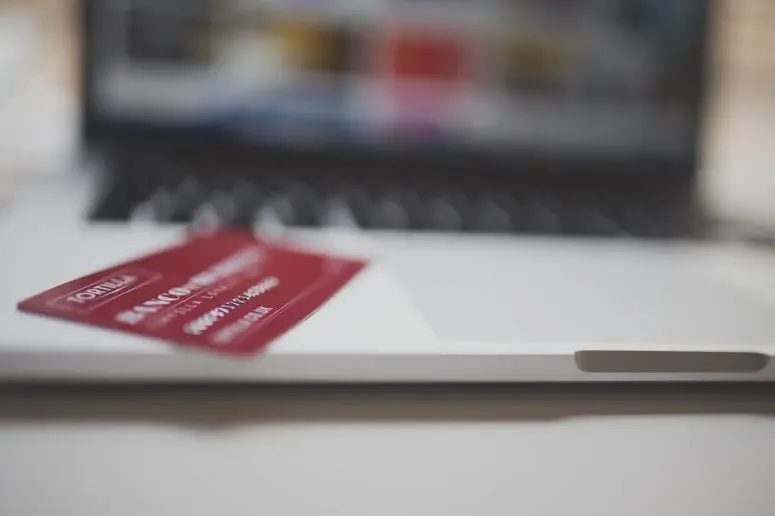How to Pay off Credit Card Debt

If you feel like you’re drowning in credit card debt, you are not alone. It has become a sign of our times, and everybody knows how easily it can spiral out of control and how overwhelming it feels. It’s easy to get into debt – it can come from emergencies that you charge to your credit card, unexpected medical bills or purchases you didn’t accurately budget for.
The hard part is getting out of debt. Despite what society has led us to believe, being in debt doesn’t have to be a way of life. We’re here to teach you a few practical strategies to get out of debt once and for all.
Focus on One Debt at a Time
People with credit card debt usually have a balance on more than one card. This situation can get very confusing and stressful, so you might end up paying just the minimum, which means you’ll be in debt longer. You can make things more manageable by focusing on one card at a time.
There are two common strategies: you either focus on the card with the highest interest rate or the one with the smallest balance.
Choosing the card with the smallest balance usually has psychological benefits. It helps you stay motivated since it’s faster, and it gives you a confidence boost. Economically speaking, your best bet would be to start with the card that charges the highest interest rate because the more you can save on interest, the more you can allocate toward getting out of debt quickly.
Use a 0% APR Balance Card
A 0% APR credit card will give you a 0% interest rate on your balance for a limited amount of time – typically between 6 and 24 months. This means that you can transfer the balance from a credit card that’s already charging you a high-interest rate and perhaps penalties to this new credit card, and take advantage of the grace period to pay your debt faster.
Keep in mind that you need to read the fine print. There are limits to how much of your balance will qualify for the 0% interest rate, and it doesn’t apply to all transactions – cash advances are usually excluded, but it does apply to balance transfers, which is what you need. Also, there may be a fee for balance transfers – most often 3%, so if you transfer $5000, you will pay a fee of $150, but this is still less than what you would have paid in interest.
Debt Consolidation
Similarly to the first strategy we mentioned, debt consolidation helps you save on interest and make your repayment plan more manageable by condensing multiple debts into a single monthly bill. You can take a personal loan which is usually unsecured (you don’t have to back it with any type of collateral such as your home or your car), or you can opt for a home equity loan (you have to offer your home as collateral, which is riskier but you’ll be charged much lower interest rates than with a personal loan).
Again, you have to read the fine print and do some thorough research on each option, so you understand all the risks and fees associated with each debt consolation tool. Also, you’ll want to address the reasons why you got into debt in the first place. If it originated from budgeting issues, you need to learn how to live within your means as you can’t take on more debt as you’re trying to pay off your loans.
Debt Management Plan
A debt management plan (DMP) is an informal process whereby an agency that offers credit counseling services will contact your creditors and negotiate a plan in which they voluntarily agree to combine your debts, so you have just one affordable monthly payment. You’ll still have to pay back 100% of your principal debt, but the agency can usually reduce or eliminate your interest.
The main advantage is that you’ll be able to pay your date faster (3 to 5 years) since they’ll renegotiate your interest rates and may convince your creditors to waive or at least reduce your over-limit fees. In case your credit accounts are delinquent, negotiating a debt management plan with your creditors will also stop collection attempts. Unlike debt consolidation loans, you don’t need to have good credit to qualify for a DMP.
There are many non-profit agencies that can negotiate a DMP with your creditors and will charge you a fee based on what you can afford, or they’ll waive it entirely. They’re often funded by the creditors themselves in the form of donations based on the amount of debt they recover for them. These donations are, of course, voluntary, and not all creditors will donate, but they’re still an important source of funding for the agencies.
Consumer Proposal
Consumer Proposals allow you to pay only a percentage of your total debt and extend your repayment period. Getting a consumer proposal is a good option for debtors who owe less than $250,000 (excluding mortgage) and who don’t want to go as far as filing for bankruptcy.
The first step is to contact a Licensed Insolvency Trustee (LIT) – a legal professional who deals with extreme cases of debt. They will do an initial assessment of your debt and look into your income, budget, and assets so they can evaluate how much your creditors would get in case you filed for bankruptcy. Then they’ll work with you to formulate a legally-binding proposal that offers your creditors slightly more than a bankruptcy payment. If it’s accepted, you can begin making payments through your LIT who will redirect the money to your creditors. Once you agree on a consumer proposal, all legal and collection activities will stop. This includes wage garnishments, penalties, and mounting interests, giving you the peace of mind you need to settle your debt. With a consumer proposal, you can still settle the debt early if you make extra payments, but on average, it takes 3 to 5 years. You’ll also receive counseling services on money management practices, and the debt will be erased from your credit report three years after you receive a certificate for proposal completion.









